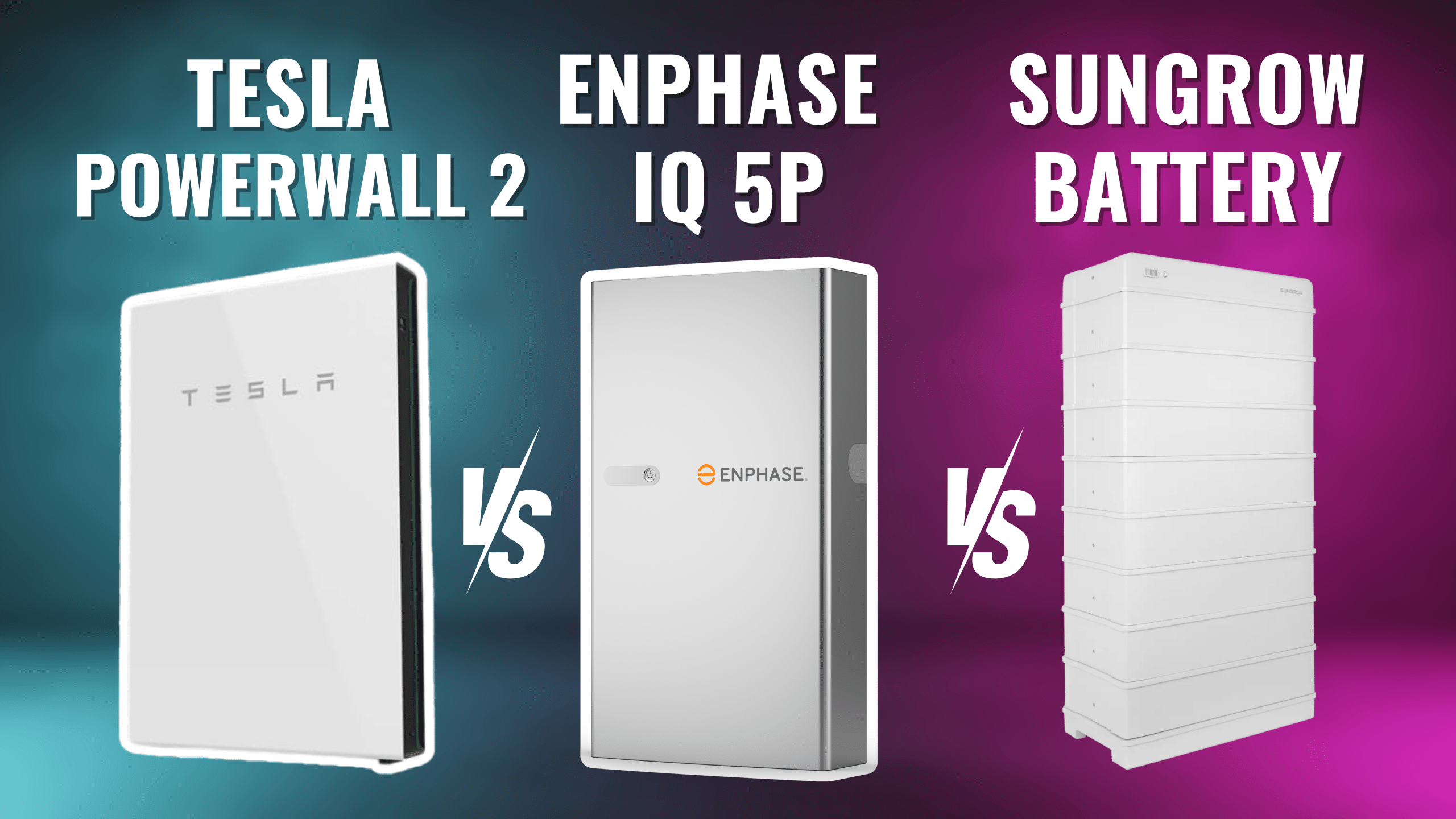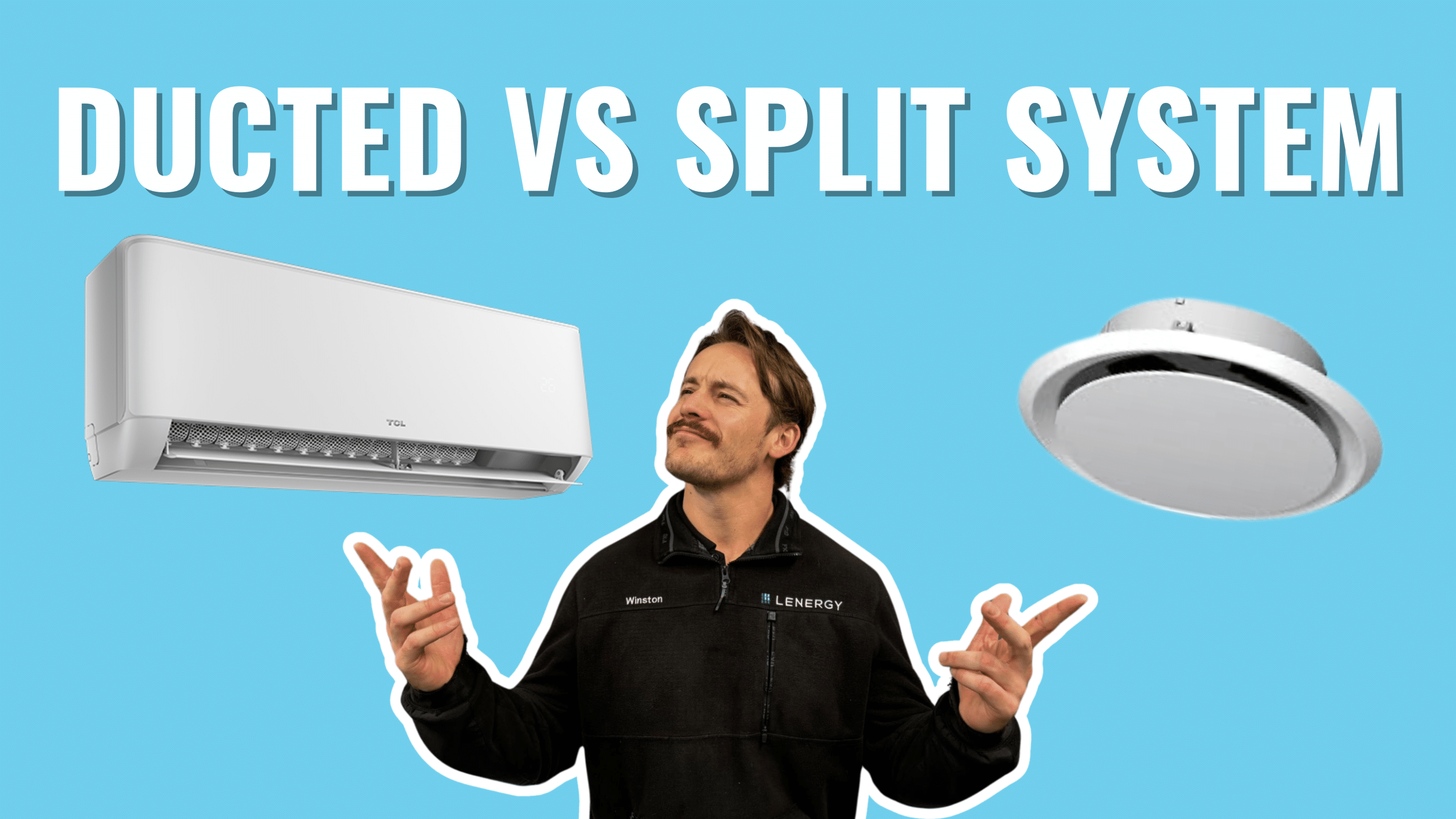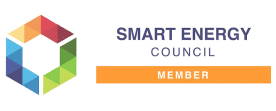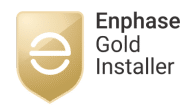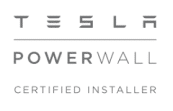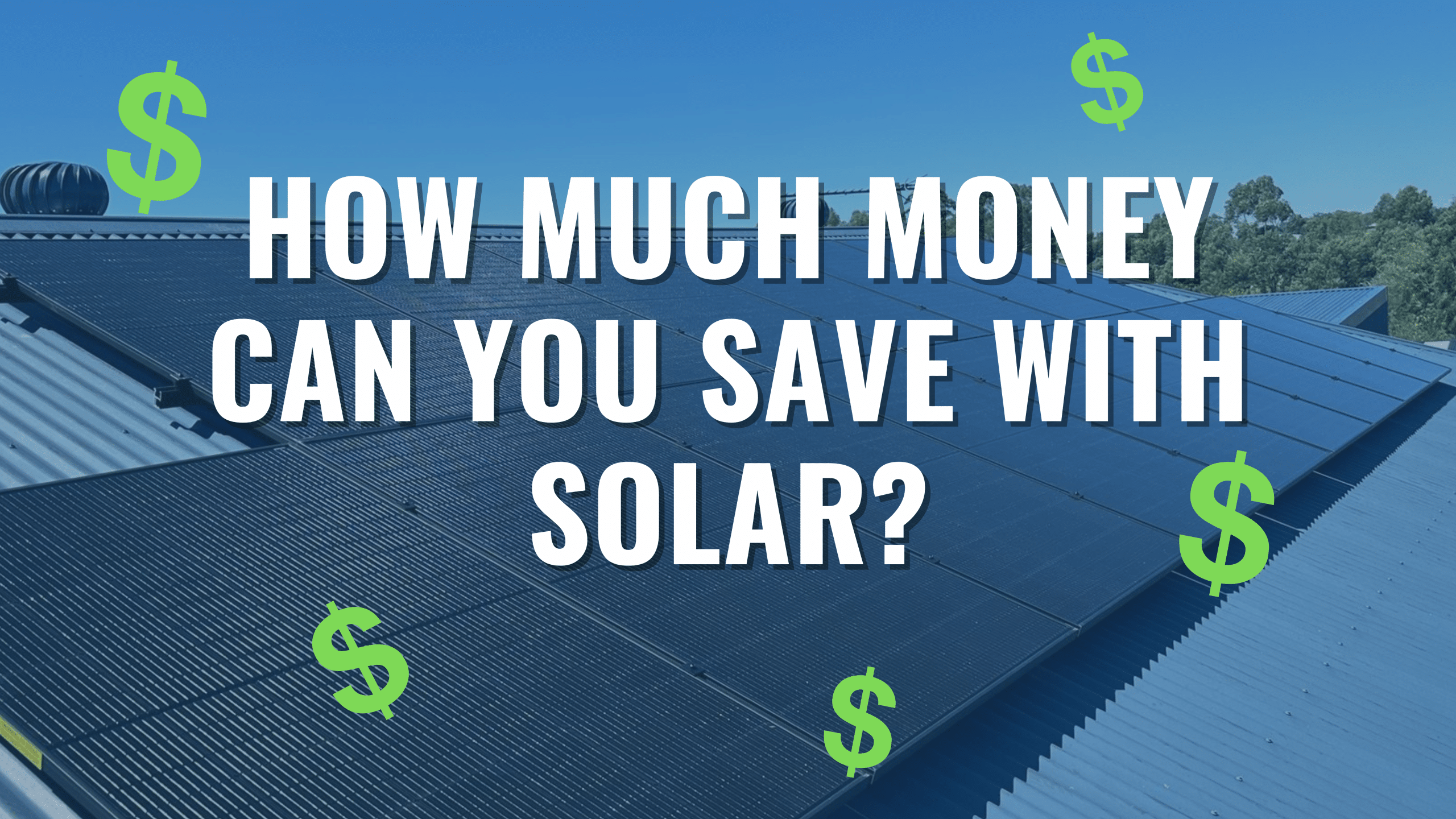
How Much Money Can You Save With Solar Panels?
Do you find yourself dreading your monthly energy bill? The costs keep creeping up, and you wonder if there’s a more sustainable and affordable way to power your home. You’re not alone. Many homeowners are grappling with the same problem, and in 2024, the solution is clearer than ever: solar energy.
With years of experience in the renewable energy sector, we’ve seen firsthand how solar panels can drastically reduce energy costs while benefiting the environment. But just how much can you save by going solar this year?
In this article, you’ll discover the potential savings of switching to solar in 2024, backed by the latest data and incentives. We’ll break down the financial benefits, discuss the impact of government incentives, and help you understand how solar power can transform your energy expenses. Get ready to take control of your energy costs and make an informed decision about solar power for your home.
Understanding Your Average Annual Electricity Bill and Solar Payback Period in Australia
To grasp the savings you can achieve with solar power, it’s crucial to understand your current electricity expenses. The typical electricity bill we see is between $800 & $1000 per quarter. This figure can fluctuate based on your location, energy consumption habits, and the tariff you’re on, but it provides a solid benchmark for our calculations.
To determine your average electricity usage, you can review your electricity bills. Your consumption, listed in kilowatt-hours (kWh), is typically found on the first or second page. Ensuring that your solar system is properly sized to match this usage is crucial for maximising your return on investment and reducing the payback period.
Now, let’s talk about the solar payback period. The payback period is the time it takes for the savings from your solar panel system to equal the initial investment cost. In 2024, the cost of installing a solar panel system ranges from AUD $5,000 to AUD $10,000 for an average home.
Case Study: Significant Savings with a 13.2kW Solar Power System
Our customer, who was facing hefty quarterly electricity bills of nearly $1,000, decided to invest in a solar power solution to cut down their energy costs. They opted for a 13.2kW solar power system, which had an initial cost of $11,765.
Impressive Annual Savings:
By installing the solar power system, the customer managed to achieve remarkable annual savings. Their electricity bill, which previously amounted to $3,555.99 per year, was slashed by 95%, resulting in an annual saving of $3,386.21.
Return on Investment:
The financial benefits of this investment are clear. With the substantial reduction in electricity costs, the payback period for the solar system is estimated to be between 3 to 4 years. After this period, the system continues to generate savings, providing a return on investment (ROI) of an impressive 719%.
Seasonal Considerations
It’s important to note that electricity bills can fluctuate throughout the year. For instance, our customer’s bills are actually in credit during February due to the surplus energy generated by the solar power system. This further demonstrates the system’s efficiency and the overall significant annual savings, reinforcing the long-term value of the investment.
Hot tip: To get the most bang for your buck with your solar panels, try using more energy during the day when they’re producing power. But we get that might not be an option for everyone because, well, life happens. This is where adding solar batteries can help, storing that energy for later use is a smart move.
Additionally, many solar panel systems come with warranties that last 25 years or more. This means that after the payback period, you can enjoy at least 18 to 19 years of significantly reduced energy costs, amounting to substantial long-term savings. And with the cost of electricity expected to continue rising, your savings could be even more substantial over time.
Enhancing Savings with Solar Batteries
While installing a solar panel system already offers significant savings, adding a solar battery can further maximise your benefits. If you choose to opt into a VPP this will also decrease your payback period. By connecting your battery to a VPP, your stored energy can be shared with the electricity grid during peak demand times. This not only helps stabilise the grid but also allows you to earn additional income through incentives. Essentially, a VPP leverages collective energy storage to enhance grid reliability and reduce overall energy costs for participants.
Solar batteries store the excess energy your panels produce during the day, ensuring you utilise as much of your solar power as possible, even when the sun isn’t shining.
The cherry on top is the new solar battery rebate launching in November 2024 will further reduce upfront costs, making it even more affordable to enhance your solar system with a battery.
Here’s how it works: during the daytime, your solar panels often generate more electricity than your household consumes. Without a battery, this surplus energy gets sent back to the grid, and you could now see a small fee applied to this, referred to as the Sun Tax.
However, with a solar battery, this excess energy is stored for later use. This means you can draw on this stored energy during the evening or on cloudy days, reducing your reliance on grid electricity and further lowering your energy bills.
The benefits of adding a solar battery include:
- Increased Energy Self-Sufficiency: By storing your excess solar energy, you can use more of what your system produces and reduce the amount of electricity you need to purchase from the grid.
- Energy Security: Solar batteries can provide backup power during grid outages, ensuring that you have a reliable energy source even during power cuts.
- Optimised Savings: Using more of your self-generated power means higher savings on your electricity bill. The less energy you need to buy from the grid, the more money you save.
- VPP Enhanced Payback Period: Although adding a battery increases the initial investment, the increased savings on your electricity bills can significantly reduce the overall payback period. Customers receive incentives that can reduce the payback period of their solar and battery system. This makes participation in a VPP an attractive option for those looking to maximise the return on their investment in renewable energy.
In 2024, the cost of solar batteries has become more affordable, with options available for various budgets and energy needs. While a typical solar battery might add around AUD $10,600 to AUD $15,800 to your system cost, the long-term benefits and additional savings make it a worthy investment. The upcoming solar battery rebate in November 2024 will further decrease these initial costs, making it an even more attractive option.
By combining solar panels with a battery, you’re ensuring that you make the most out of every ray of sunshine, reducing your energy costs and environmental footprint. This comprehensive approach to solar power not only maximises your savings but also makes your household more resilient and energy-independent.
Leveraging Brighte Finance Green Loans for Solar Power
One of the main concerns homeowners have when considering solar power is the upfront cost. While the long-term savings are significant, the initial investment can be daunting. Fortunately, financial products like the Brighte Finance Green Loan are designed to make solar power more accessible by spreading out the cost into manageable payments.
Brighte Finance offers green loans specifically for renewable energy projects, including solar panel and solar battery installations. This means you can finance your solar system with small fortnightly payments, making the upfront cost much more manageable.
Here’s how it works: instead of paying AUD $6,500, upfront for your solar system, you can opt for a Brighte Green Loan and spread the cost over 2 to 10 years. For instance, a loan repayment with Brighte might be $45 a fortnight. This makes the financial burden lighter and more predictable, aligning it closely with your regular expenses.
By installing a solar system via a Green Loan, you can substitute your high electricity bills for repayments on the solar system, effectively using the savings generated by your solar panels to pay for the system itself. The repayments on the solar system plus your new electricity costs are typically less than what you may currently be paying for electricity. So by not doing anything, you’re actually worse off… Let’s work through a real life example:
For example: If you’re spending approximately $4,000 per year on electricity, a 10.52kW solar system may reduce your bill by 60%, which translates to annual savings of $2,400. Your remaining electricity costs plus your $45 per fortnight Green Loan repayments, are substantially less than your current electricity bill, so without spending any of your own money, you could be over $900 better off per year! By the end of the Green Loan, you would have a solar system that has paid for itself and can enjoy huge savings for years to come.
With the solar payback period being around 3 to 5 years, the savings you accrue over time will eventually outweigh the loan repayments, leading to pure financial gain. After the loan is paid off, you’ll continue to enjoy reduced energy costs for the lifespan of your solar panels, which often extends beyond 25 years.
Wait longer, Save Less.
If you don’t act now, you risk facing the continual rise and unpredictability of electricity bills. With energy prices expected to keep climbing, delaying your switch to solar could mean higher expenses and greater financial uncertainty in the future. By taking advantage of solar power now, you can lock in your energy costs, gain greater control over your expenses, and protect yourself from the volatile energy market.
Additionally, it’s important to consider the Small-scale Technology Certificates (STCs) rebate, which provides significant financial incentives for solar panel installations. However, this rebate is set to end in 2030 and will decrease incrementally each year until then. This means the longer you wait, the less financial assistance you’ll receive, making it more expensive to install solar panels in the future. Acting now not only maximises your savings on electricity bills but also ensures you benefit from the highest possible STC rebate, further reducing your upfront costs.
